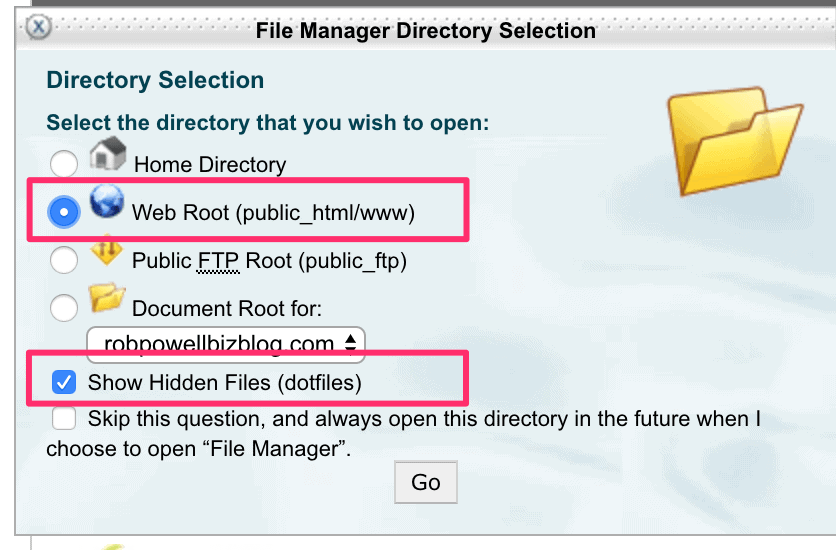
- #BITNAMI MEAN STACK CHANGE DIRECTORY ROOT HOW TO#
- #BITNAMI MEAN STACK CHANGE DIRECTORY ROOT INSTALL#
- #BITNAMI MEAN STACK CHANGE DIRECTORY ROOT PASSWORD#
- #BITNAMI MEAN STACK CHANGE DIRECTORY ROOT SERIES#
If found, it overrides and reuses the rootPasswordValue as root-password. The template above first creates a 16-character randAlpha value, then checks the cluster for a secret and its corresponding field. To address this, it is recommended to randomly generate values and override those already in the cluster.
#BITNAMI MEAN STACK CHANGE DIRECTORY ROOT PASSWORD#
This causes the clients to be unable to connect to the database after the password change. For example, it can replace your database password in the cluster with every version upgrade. Random generation creates new arbitrary values and updates the resources in the cluster with each deployment and upgrade. Helm functions are used to generate random data, such as passwords, keys, and certificates. Use the lookup Function to Avoid Secret Regeneration If you have any doubts about computed or default values, this should definitely be in your toolbelt.ġ1. helm get values: This command is used to retrieve the release values installed to the cluster.If the release is not working as expected, this should be the first command you use to find out what is running in the cluster.

#BITNAMI MEAN STACK CHANGE DIRECTORY ROOT INSTALL#
#BITNAMI MEAN STACK CHANGE DIRECTORY ROOT SERIES#
#BITNAMI MEAN STACK CHANGE DIRECTORY ROOT HOW TO#
Therefore, you need to learn how to debug templates and verify charts. It is an essential duty of the user to know what is deployed to the cluster. Helm template files come with many different functions and multiple sources of values for creating Kubernetes resources. Useful Commands for Debugging Helm Charts The annotation should therefore be used with great care, and only for the resources needed after Helm Releases has been deleted. But by using the resource policy as shown, Helm will skip the deletion of the secret and allow it to be orphaned. Helm commands, such as uninstall, upgrade, or rollback would result in the deletion of the above secret. The content of the NOTES.txt file can also be templated with functions and values similar to resource templates:

Once you found a chart repository, you can add it to your local setup as follows: You can check Artifact Hub for available Helm chart repositories. It collects charts from developers worldwide, which are then shared through chart repositories. Helm gives you access to a wealth of community expertise-perhaps the tool’s greatest benefit. This article features 13 best practices for creating Helm charts to manage your applications running in Kubernetes. With the latest version of Helm 3, it has become even more integrated into the Kubernetes ecosystem. Helm is a Cloud Native Computing Foundation (CNCF) project created in 2015 and graduated in April 2020. Its declarative and idempotent commands makes Helm an ideal tool for continuous delivery (CD). Helm allows you to install the same database with a single command and a single set of values. Let's assume you’re deploying a database with Kubernetes-including multiple deployments, containers, secrets, volumes, and services. With Helm, you can deploy packaged applications as a collection of versioned, pre-configured Kubernetes resources. It reduces the effort of deploying complex applications thanks to its templating approach and rich ecosystem of reusable and production-ready packages, also known as Helm charts.

Helm is the package manager for Kubernetes.


 0 kommentar(er)
0 kommentar(er)
